When building a startup, founders often obsess over their pitch deck, market entry strategy, or feature roadmap. Yet, one of the most critical decisions often gets pushed aside — choosing the right tech stack. It may sound like a purely “developer” problem, but the wrong choice of framework, language, or architecture can quietly undermine your Minimum Viable Product (MVP) long before customers even get a chance to test it.
In fact, many promising startups collapse not because of their ideas, but because they picked tools that couldn’t scale, adapt, or integrate with the future they were aiming for.
So why is this such a silent killer? Let’s break it down.
Common Tech Stack Mistakes Founders Make
🚫 Choosing what’s trendy instead of what’s right
Many non-technical founders are drawn to whatever buzzword stack is trending on LinkedIn or Stack Overflow. While tools like React, Node.js, or Python are incredibly powerful, blindly following trends without matching them to business needs can create headaches later.
👉 Reference: Stack Overflow Blog – Popular Tech Stacks
🚫 Ignoring scalability from the start
It’s easy to think, “We just need a simple MVP.” But the reality is that decisions made at the MVP stage will ripple into the product’s evolution. Choosing a stack that isn’t designed to handle growth — whether that means traffic, complex data structures, or integrations — can lead to expensive rebuilds later.
🚫 Overcomplicating the foundation
On the flip side, some founders push their teams to adopt enterprise-level solutions for what’s essentially a concept test. This slows down development, increases costs, and can make pivots nearly impossible.
🚫 Neglecting the talent pool
The perfect tech stack doesn’t mean much if you can’t find the right developers to build with it. Choosing niche or outdated frameworks often leaves startups stranded when they need to expand their team.
Why the Right Tech Stack Matters
Your tech stack isn’t just about writing code. It’s about:
- 🔗 Integration – ensuring future features can plug in seamlessly.
- 📈 Scalability – preparing your product for growth without major rewrites.
- 💰 Cost Efficiency – saving money by avoiding tech debt.
- 👨💻 Talent Accessibility – making sure you can hire developers familiar with your framework.
As Gartner notes, technology adoption must align with emerging trends and long-term business strategy rather than isolated project needs (Gartner – Emerging Tech Trends).
How MP Nerds Protects Founders from These Pitfalls
At MP Nerds, we’ve seen countless MVPs stall because of poor tech foundations. That’s why we don’t just “pick a framework.” We align business goals with technology choices, ensuring every stack decision supports scalability, investor readiness, and customer experience.
Here’s how we do it:
- Business-First Alignment – We start by understanding your product vision, industry, and growth trajectory.
- Stack Evaluation Framework – Our team compares multiple options (languages, frameworks, databases) against long-term performance, cost, and scalability.
- Scalability Roadmapping – We design MVPs that can evolve into enterprise solutions without costly rewrites.
- Future-Proofing – By tapping into the latest trends and stable frameworks, we ensure your product doesn’t age before it matures.
In short: we don’t just build MVPs, we build MVPs that last.
Final Thoughts
Your tech stack is the silent backbone of your startup. Make the wrong choice, and you risk sinking your product before it even launches. But with the right partner guiding those decisions, your MVP can grow seamlessly into a market-ready, investor-attractive product.
At MP Nerds, we ensure your MVP is built on future-proof tech stacks that scale as you grow.
👉 Let’s talk about your idea today — and build it on the right foundation.






